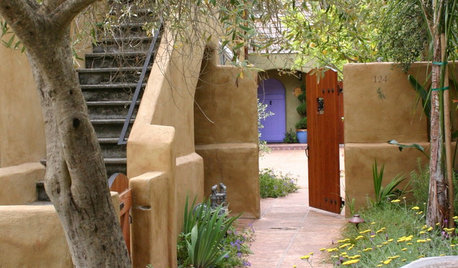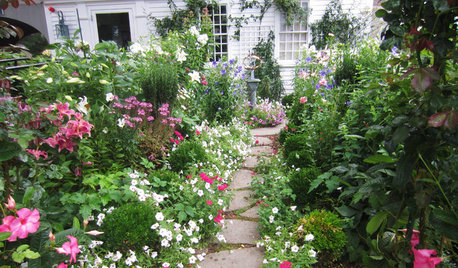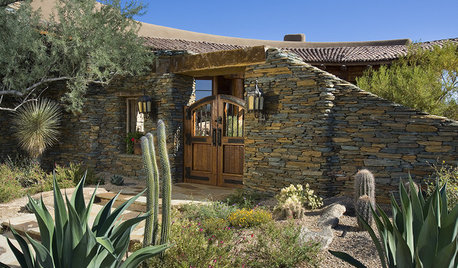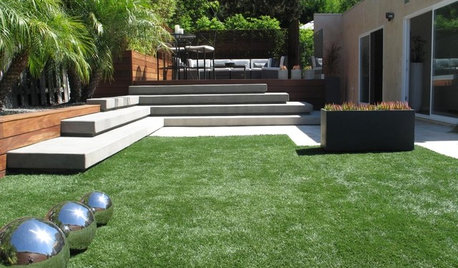Planting tall ones - go deep or lay on side?
Creek-side
9 years ago
Related Stories

FLOWERSRudbeckia Mania: Go Beyond Black-Eyed Susan in the Garden
Branch out from typical nursery fare, with lesser-known Rudbeckia species that have delightfully unexpected features
Full Story
LIVING ROOMSHow to Decorate a Small Living Room
Arrange your compact living room to get the comfort, seating and style you need
Full Story
SAVING WATERHouzz Call: Are You Letting Go of Your Lawn?
Many facing a drought are swapping turf for less thirsty plantings. If you’re one of them, we’d like to hear about it
Full Story
GARDENING AND LANDSCAPINGLay of the Landscape: Mediterranean Garden Style
Earthy, lush and warmly welcoming, a Mediterranean garden can thrive in any warm-climate landscape with a few adaptations
Full Story
LANDSCAPE DESIGNGarden Overhaul: Which Plants Should Stay, Which Should Go?
Learning how to inventory your plants is the first step in dealing with an overgrown landscape
Full Story
HOUSEPLANTSOne Pot, One Big Shot of the Tropics
Give your rooms exotic flair in a single stroke. Tall Kentia palm fits the tropical bill beautifully
Full Story
GARDENING AND LANDSCAPINGLay of the Landscape: Cottage Garden Style
Informal and vibrant, cottage gardens charm with their billowy abundance. These tips help you bring the look to your own landscape
Full Story
LANDSCAPE DESIGNLay of the Landscape: Southwestern Garden Style
Water may be scarce, but color and striking foliage are as profuse in the desert landscape as the sunsets are breathtaking
Full Story
FEEL-GOOD HOMERejuvenate Your Home With Deep-Rooted Traditions
Give the subtle energies and spiritual side of your home some attention, and watch newfound calm and beauty blossom
Full Story
GARDENING AND LANDSCAPINGLay of the Landscape: Modern Garden Style
Bold, graphic design elements create a sense of calmness in the garden to match the serenity of contemporary homes
Full StoryMore Discussions







carolyn137
digdirt2
Related Professionals
Winder Landscape Architects & Landscape Designers · Brockton Landscape Contractors · Gaithersburg Landscape Contractors · Glendale Heights Landscape Contractors · Tigard Landscape Contractors · Wilsonville Landscape Contractors · Bowling Green General Contractors · Columbus General Contractors · Great Falls General Contractors · Hayward General Contractors · Lincoln General Contractors · Mishawaka General Contractors · Bainbridge Island Decks, Patios & Outdoor Enclosures · Bonita Decks, Patios & Outdoor Enclosures · Hyattsville Decks, Patios & Outdoor Enclosuressleevendog (5a NY 6aNYC NL CA)
seysonn
Creek-sideOriginal Author
2ajsmama
digdirt2
sleevendog (5a NY 6aNYC NL CA)
seysonn
carolyn137
2ajsmama
reginald_317
barrie2m_(6a, central PA)
2ajsmama
jerseyjohn
reginald_317
seysonn
carolyn137
reginald_317
2ajsmama
lgteacher
seysonn
digdirt2
seysonn
carolyn137
digdirt2
seysonn
johns.coastal.patio
digdirt2